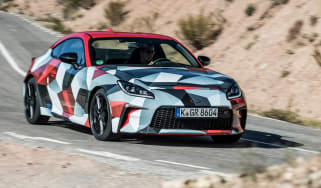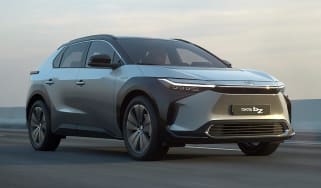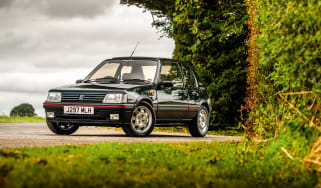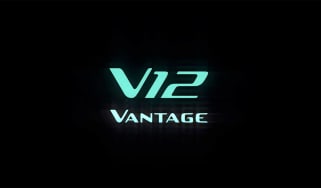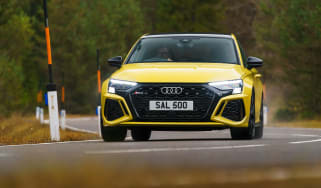Toyota GR86 to be available in Europe for two years only
If you want in on the GR86 you’ll have to act fast as Toyota confirms it’ll only be available for two years after launch
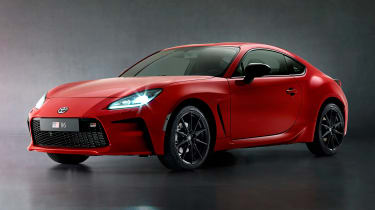
Toyota has confirmed that the new GR86 will only be available in Europe for two model years after its launch in 2022. The short life-span is, in large part, due to tighter Euro 7 emission regulations and the introduction of a more ambitious fleet-wide emissions cap being enforced from 2025.
One of the key reasons for this issue with homologation is the lack of EU-specific tuning that keeps other less efficient vehicles from suffering the same fate. Without a petrol particulate filter or specific gear ratios that take into account the European emissions cycle, it makes it very difficult for anything to pass through without compromise.
As a relatively small market, to include these elements in the development of the GR86, which itself is an update on the 10-year old GT86, would ensue prohibitive costs and compromise that Toyota is obviously unwilling to make.
> Toyota GR86 review – new coupe takes the challenge to Porsche’s Cayman 2.0
This is the same problem that has arisen in other Japanese sports cars whose sales are more heavily biased towards American and Pacific markets like the new Nissan 400Z and Subaru WRX – neither of which are homologated for Europe at all.
Given the difficulty and expense, it’s not surprising to see this decision reached, but it does pose a curious question of what else could theoretically fit under the GR’s bonnet to give it a new lease of life over here. With its chassis derived from Subaru, the forward half of the chassis has an obstructively specific layout that only fits horizontally-opposed engines, which only Subaru and Porsche produce.
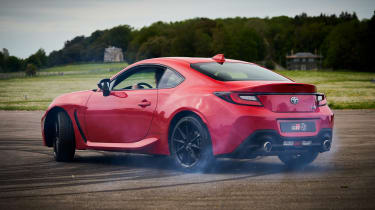
This limits options to what’s in Subaru’s store cupboards, and few, if any are Euro-resilient aside from those fitted with a hybrid powertrain. But it poses the question of what we’d like to see under the bonnet of a future mashup? Two GR Yaris three-cylinders sat on their side and bolted together at the crank? How about a rekindling of the brief development partnership between Subaru and Porsche to fit a 4-litre from the Boxster GTS, or maybe even an application of a hydrogen combustion conversion? These are all very thin speculations, but we can’t help but imagine.

